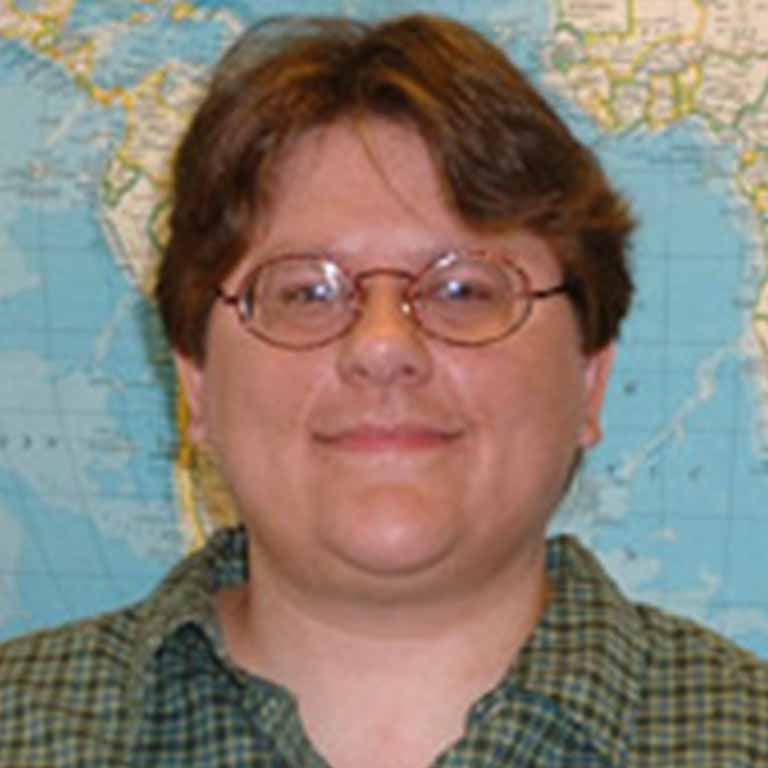- Ph.D., Anthropology, University of California, Davis, 1998
- M.A., Anthropology, University of California, Davis, 1994
- B.A., Anthropology, Yale University, 1992

Frederika Kaestle
Associate Professor, Anthropology
Director, Ancient DNA Laboratory of Molecular Anthropology
 The College of Arts
The College of Arts